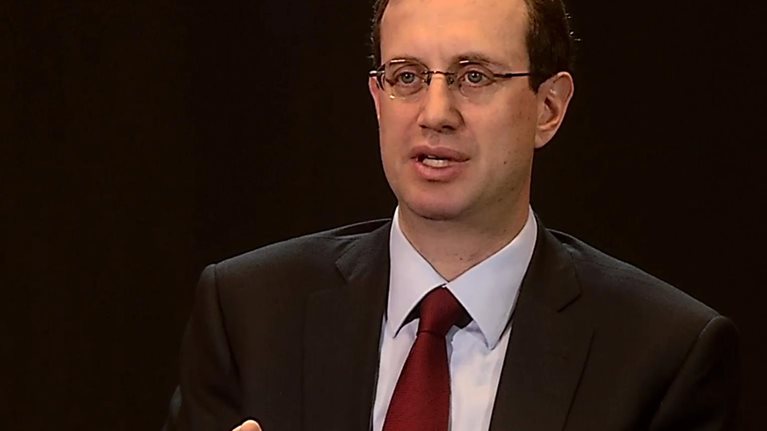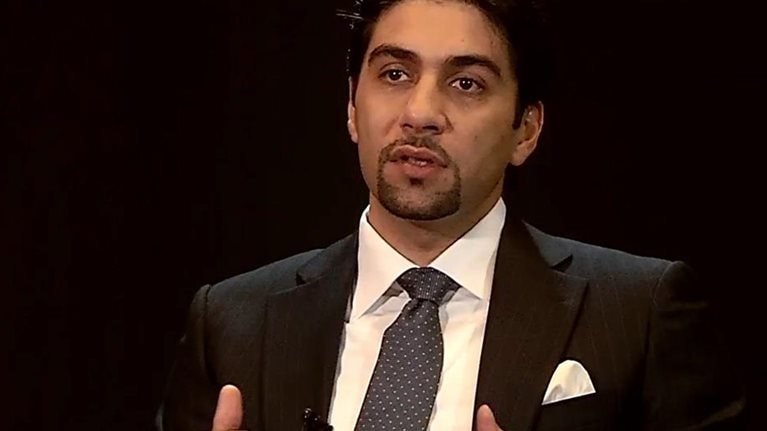Historically, the infrastructure industry has been resistant to innovation and productivity gains, in part because of the piecemeal approach to many projects. In this video, Judith Rodin, president of the Rockefeller Foundation, describes her philanthropy’s push to plan projects systematically and to combine various elements holistically, including the use of natural “soft” infrastructure assets, such as forests, alongside “hard” construction assets. She also explores the challenges to infrastructure planning posed by Asia’s booming cities and growing middle classes. This interview was conducted by McKinsey’s Rik Kirkland in Istanbul, Turkey, in November 2012. What follows is an edited transcript of her remarks.
For more on this topic, also read Infrastructure productivity: How to save $1 trillion a year, a report from the McKinsey Global Institute (MGI).
Interview transcript
Innovating through a holistic approach
Rockefeller is always focused on innovation, right from its beginning. We think that one of the innovations in infrastructure is really taking a systems approach. And that means not thinking about a specific project, not thinking about a specific situation like “water only” or “transport only” or “energy only,” but really looking systemically around what kinds of infrastructure need to support healthy, active, accessible communities or nations. And with that innovative way of thinking, you actually do approach infrastructure differently.
You think about both “hard” and “soft” infrastructure holistically. Sometimes it’s better to plant mangroves and think about coastal restoration than it is to build a seawall. Or at least when you’re building hard infrastructure, to think about the soft infrastructure solutions. Sometimes it’s better, now that we have those materials, to build your streets and sidewalks with material that’s porous. The kind of porous material now is an innovation, because it allows the material to absorb water more quickly and release it more slowly. Sometimes it’s preventing construction. We worked in Da Nang with the municipal government and it was very clear that construction that they had already permitted for new hotels on the beach would have flooded twice a year, back into the poorest communities right behind it.
And to their credit, they stopped the project. They moved where the hotels would be. They did some restoration for the poorer communities as well. So that’s what we mean by a systemic, holistic approach. So everywhere that there is innovation, whether it’s technological innovation or systems innovation, it’s critical to apply that to thinking about how to develop infrastructure going forward.
Anticipating the Asia challenge
The huge demographic growth that we will see over the next 20 to 50 years will be in Asia, primarily in Asian cities. And so, 70 percent of that population growth will occur there. Often those cities are on river deltas or on fragile ecologies of one sort or another. And they will not be able to tolerate this kind of population growth that they will experience without intervention. Rockefeller’s been working in what are called “second tier” cities—that is, cities that are not yet the size of Mumbai or Bangkok, but are predicted to be, in the relatively near term.
We do that because we think that we can intervene in their expansion plans. And so we work first with the town officials. All of the municipal government and often the state and national government participate in doing a vulnerability assessment. That will often include hydrology mapping and a variety of other assessment tools that allow them to understand what compromises they’ll need to make, or not, in terms of their infrastructure planning.
And then we actually support the construction of a variety of both soft and hard infrastructure. Sometimes it’s early warning systems, sometimes it’s dams, intervening in dams above the city in ways that will prevent flooding. So you’re working at a more regional level. One of the things we’ve been struck by is how many of the municipalities in these regions don’t have strong municipal governance. They also don’t have municipal bonding authority. So working with them on how the financing structures and some innovative financing sources can be brought to bear has been another really important piece of the work.


